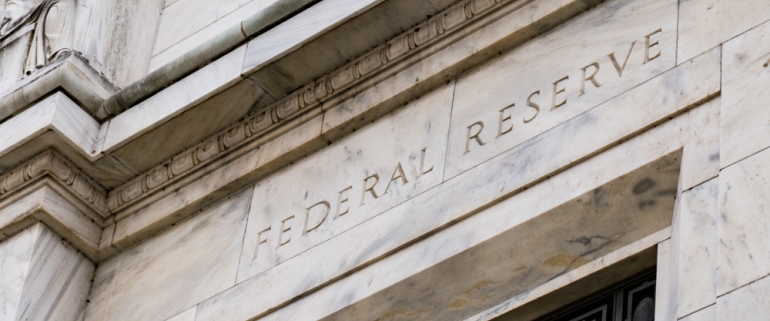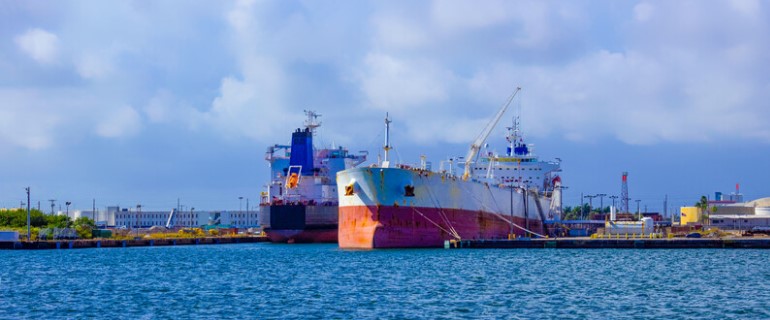Amid its tinkering with the interest rate to tamp inflation down, the Fed has identified commercial real estate as one of the biggest risks to financial stability.
So where does that leave private lenders?
Mortgage Professional America reached out to Jeff Holzmann, COO of RREAF Holdings, to learn more. RREAF Holdings is a private real estate investment firm with more than $5 billion in assets.
But first some context: Large banks have pulled back from commercial real estate financing, causing smaller, regional banks to become more exposed to the travails of the industry. Given the freefall nature of the market, this creates a perfect storm for a “doom loop.”
And yet Holzmann seemed rather confident in his company’s approach to choppier waters.
“I think the obvious elephant in the room is the interest rate,” Holzmann said during a telephone interview. “Any large-scale commercial real estate developer like us is basically subject to the same metric. Some companies are bigger, smaller, but nobody has any type of silver bullet. We all do deals the same way.
But things are changed now.
“Obviously these days, the interest rates are what we would consider high,” Holzmann said. “Not necessarily historically high – if you had been around in the 80s and 90s, you remember higher rates – but they’re certainly higher than they were in 2015 through 2018. Pretty much everybody – unless they’re a liar or an idiot – is on hold right now.”
Living In An Age Of The Inverted Curve Yield
It’s a matter of economics.
Holzmann explined: “In terms of new acquisitions of income-producing properties such as multifamily, the main reason for that is simply because we are currently in what is known as an inverted curve yield – the cost of debt is higher than what you’re yielding from that property; your cap on costs is higher than your cap rate. Basically, you’re working for the bank. Any money you make on these properties – on average, there are always exceptions – is really going to the bank.”
So how does this movie end?
“It ends just like anything else in economics, in one of two ways,” Holzmann said. “Either through supply and demand. One thing that can happen is that interest rates – and I keep my fingers crossed, but keeping my hopes up – will decline; they will go back down, and there seems to be a consensus that this won’t happen quickly, and it won’t happen abruptly. So this is going to take a significant amount of time. The other thing that can happen in the next 12 to 18 months is that you’re going to see commercial real estate operators that basically can’t hold their properties. They’re running out of money, they’re crushed under the cost of the debt, and they are forced to sell.”
If it’s just a few properties succumbing in that way, some investor will swoop in and take it.
“But if you’re talking dozens, maybe 100s, every year, then that starts to change the economics a little bit and people might start selling at a lower price to avoid this kind of crash,” Holzmann said. “So eventually, I think the market will find equilibrium. But how is that going to come about? Through a change in the interest rate? Or a change in the supply and demand of vendors having to offload those assets? That I don’t know. But I do know that history teaches us that the market has to go back to some kind of equilibrium.”
Too Big To Want To Fail
Given today’s economic scenarios, there are strategies companies can adopt to mitigate risks and/or capitalize on opportunities. Holzmann outlined the way RREAF approaches things.
“RREAF is a large, institutional kind of operation,” Holzmann began. “We’re not like one of these younger entrepreneurs that can take crazy risks and make a killing. That’s not us. We’re a large business with a lot of investors and pension fund money, so we have to be very, very methodical about how we approach things.”
So what is RREAF’s approach?
“The way we approach it is by hedging the risk,” Holzmann said. “We prefer to be in a situation where we paid for a rate cap and regretted spending the money, as opposed to being in a situation where we took on the risk without a rate cap and now, in so many words, we’re screwed because we have to pay so much money in debt and this whole thing doesn’t make sense. Companies like RREAF don’t take that kind of risk.”
Formed in 2010, Dallas-based RREAF Holdings is a privately held commercial real estate firm that deals in the acquisition, development, asset management, ownership repositioning and financing of complex real estate projects throughout the US.
Source: MPA Magazine


